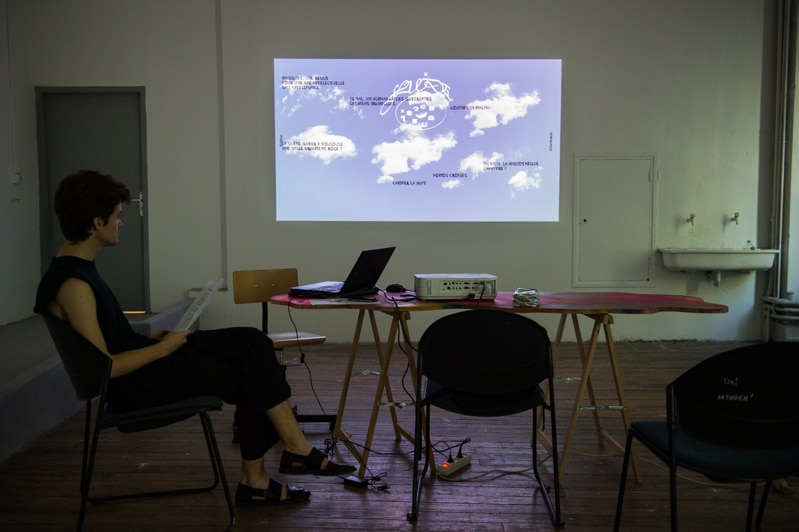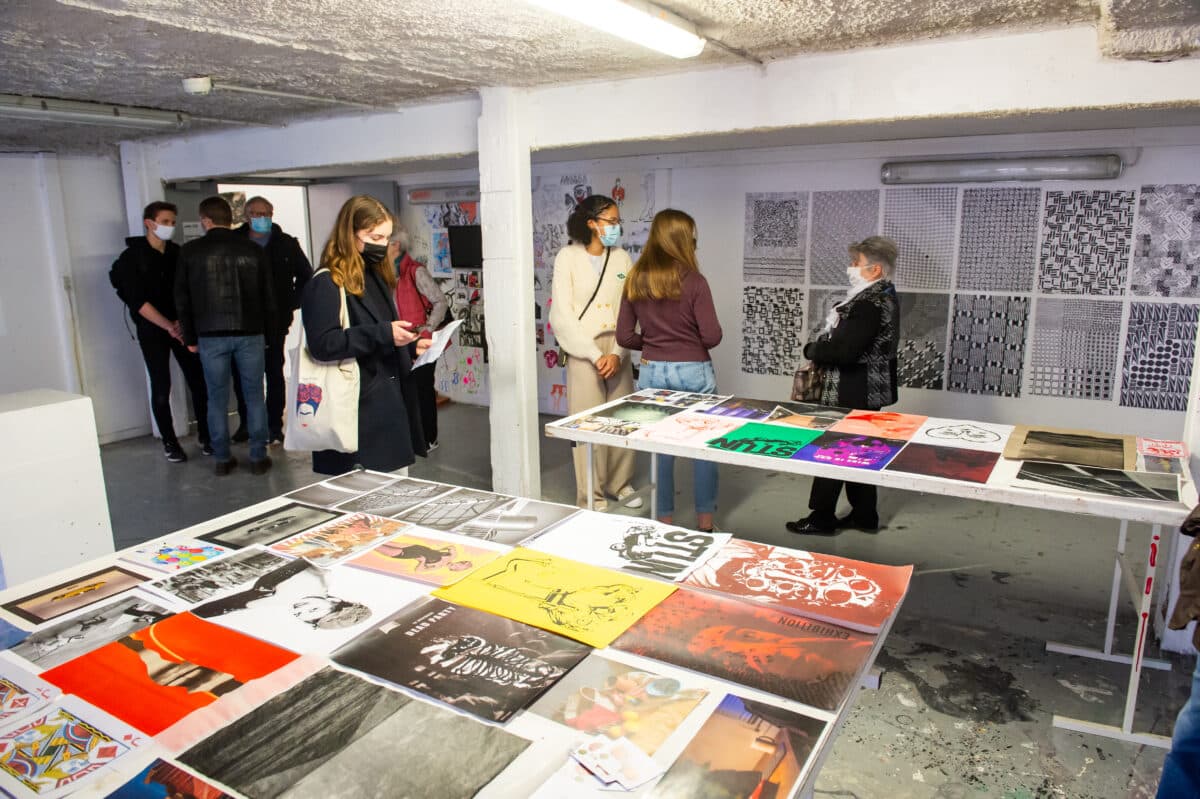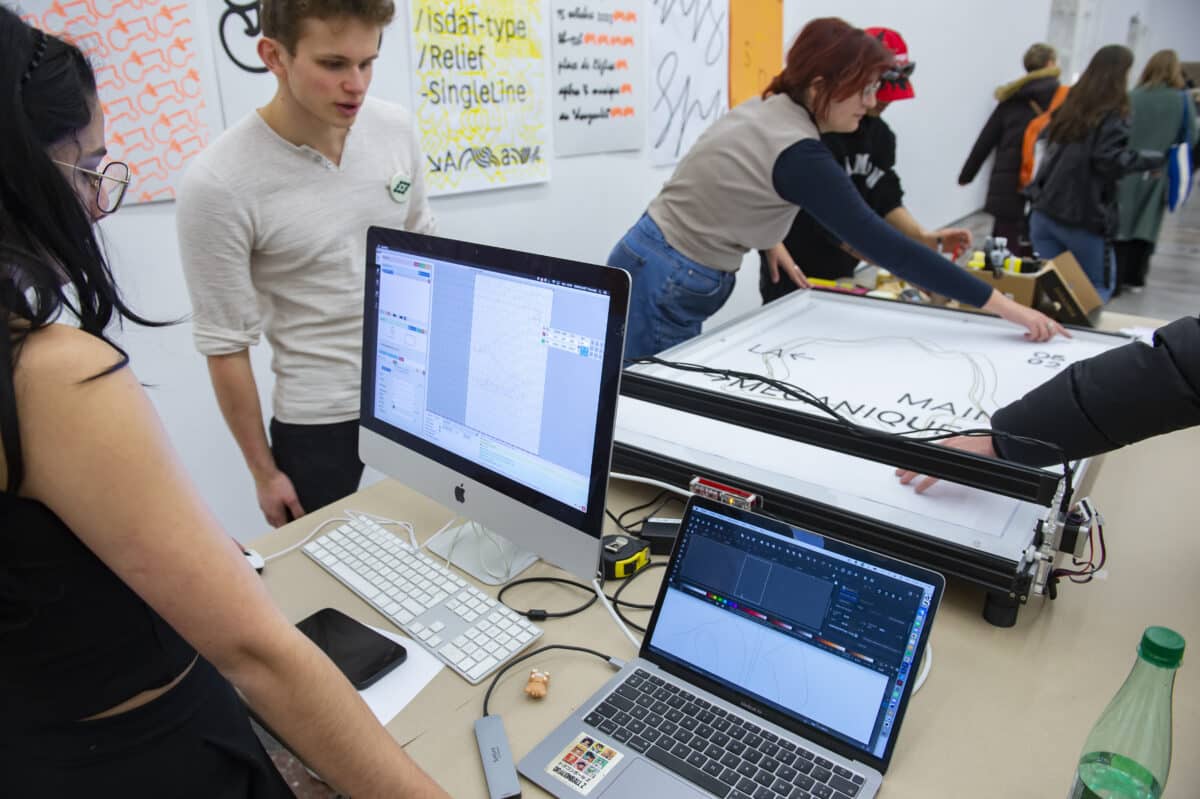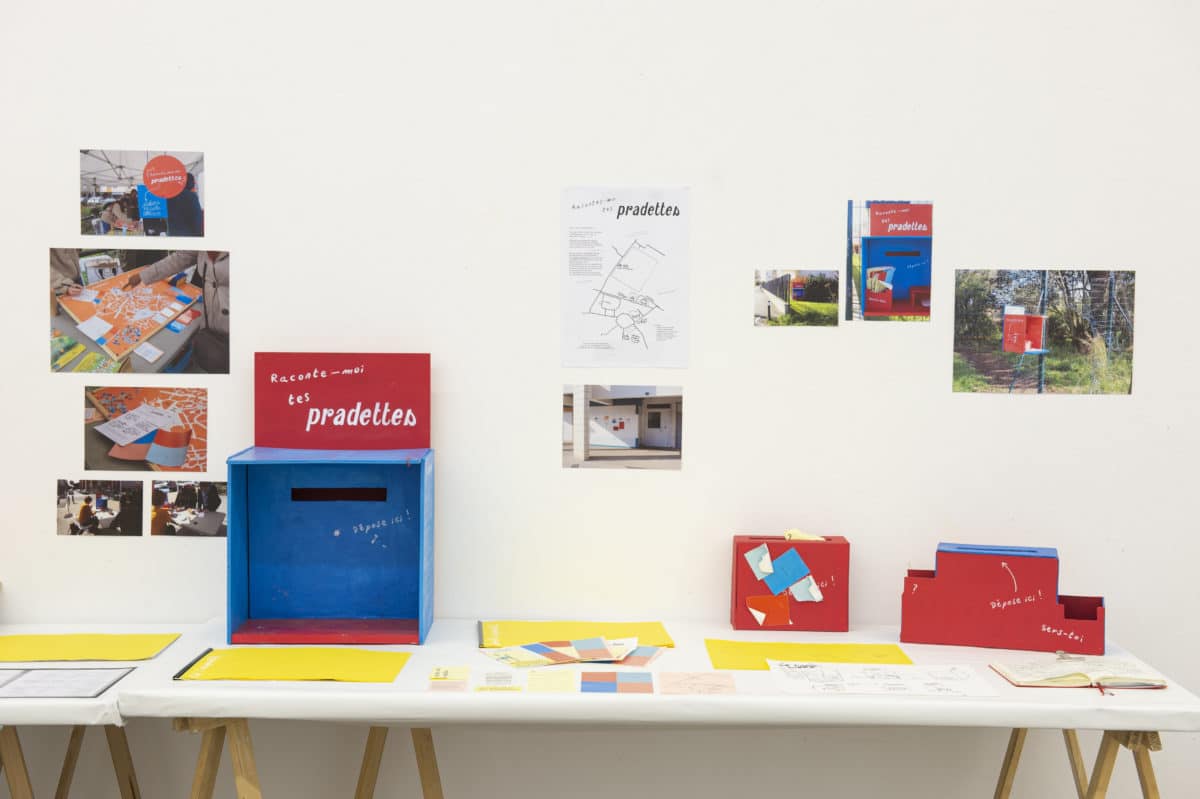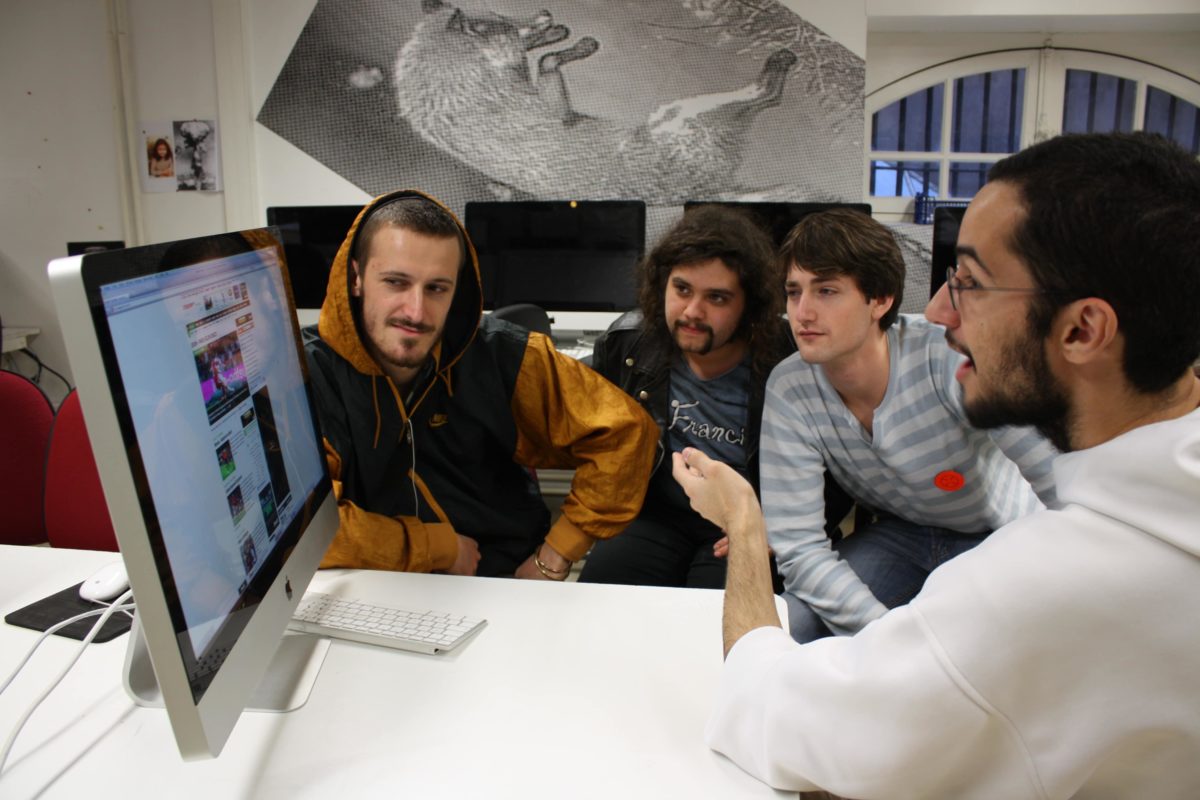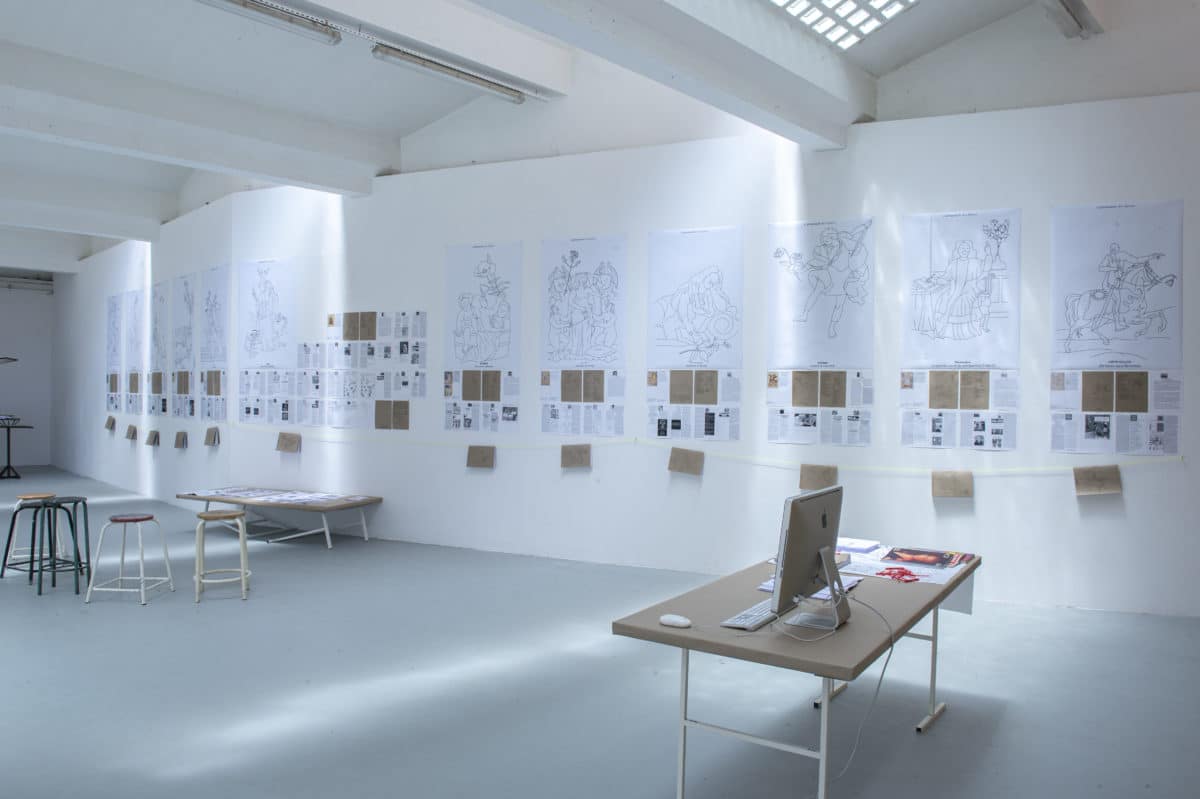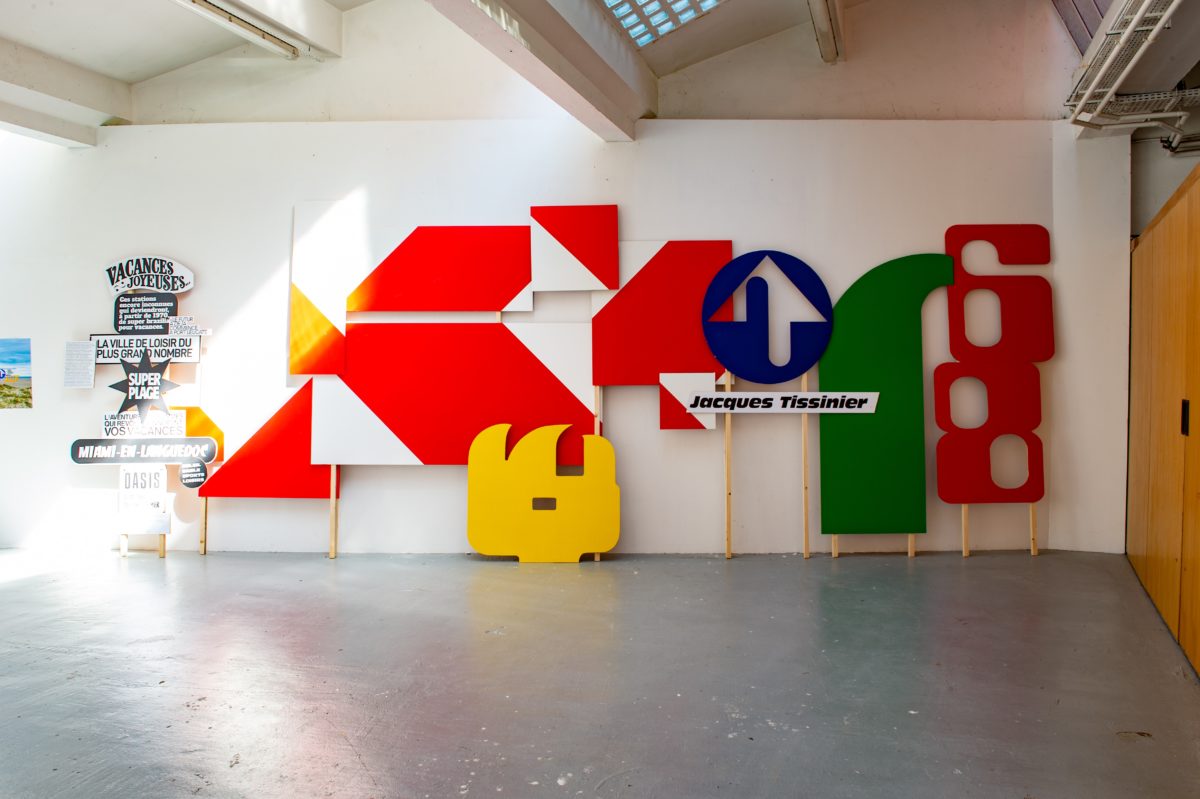Cycle 2 graphic design
The graphic design department at isdaT offers a curriculum that emphasizes experimental and critical attitudes, combining paper, screen, typography and public space through the more general notion of contextual design. This concept crosses the need to take account of the contemporary social and environmental context, and questions the field of application of graphic design and its margins.
During the second cycle, with a view to acquiring technical, methodological and conceptual autonomy, students are encouraged to develop and deepen their thinking and production by putting what they have learned in the first cycle into perspective, through a forward-looking approach to graphic design.
The Tricks and Tricks workshop, where the technical and methodological skills acquired in the first cycle are deepened and completed, is the place where each student’s project is defined in stages. Group workshops of your choice provide an introduction to research into issues specific to graphic design. Enrolment in other cross-disciplinary workshops is a necessary opening to the school’s multi-disciplinary approach.
In addition to teaching time, the aim is to train future designers to be autonomous in both commissioning and research contexts, as part of a contemporary practice of graphic design.
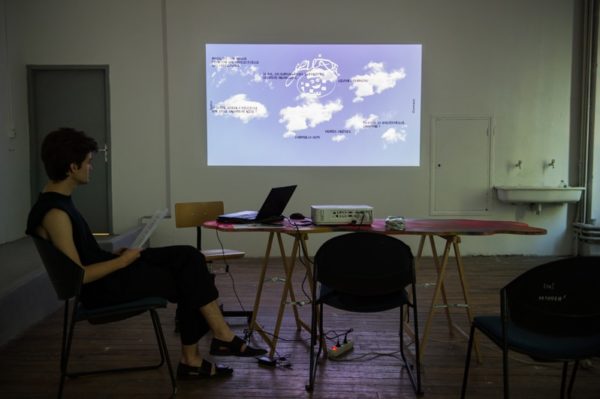
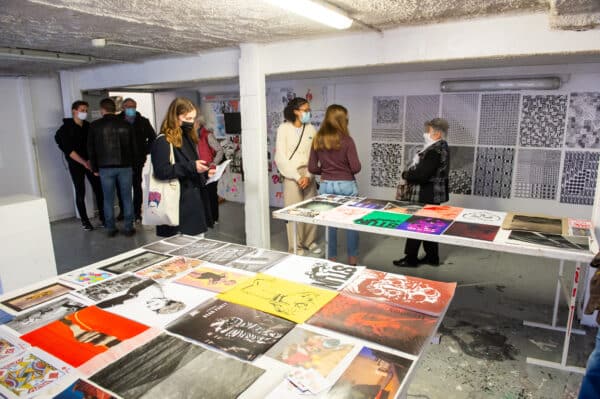

Internships and workshops
During semester 8, students can take part in internships or international exchanges. These must be justified to the teaching staff to demonstrate their coherence with the student’s profile and research project. Workshops provide an opportunity to discover the practice of a designer, to delve more deeply into certain media or to open up to other fields of creation, as well as to confront foreign languages and the specific vocabulary of the field when inviting international designers.
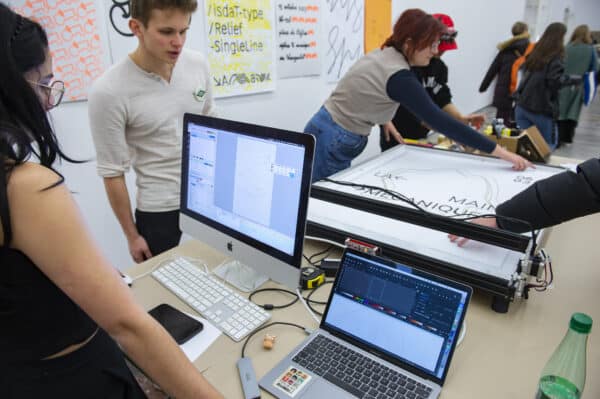
Assessments
In addition to the reporting sessions specific to each course, half-yearly assessments enable us to track each student’s progress in developing a research territory, defining a project and bringing it to fruition. The form of these evaluations varies according to the challenges of each semester, ranging from an exhibition to a seminar or discussion with a group of teachers and/or an outside guest.
Participation and attendance in compulsory courses are taken into account in the assessment. In semester 10, during the DNSEP meeting, the invitation of a professional from outside the teaching team completes the continuous assessment with a fresh look at the student’s work, in preparation for the DNSEP presentation.
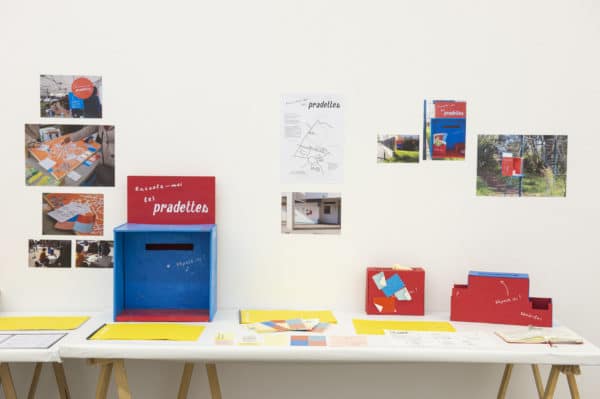
Defining research territory and tutoring
Starting in semester 7, through individual and group meetings, seminars and various workshops, students define their own personal field of research. In semester 8, each student defines this field more precisely, both through graphic experimentation and writing. During the month of April, classes are suspended to enable students to support their research intuitions through internships or visits to external structures, the nature of which will have been discussed in seminar.
The dissertation, the outlines of which are defined in semester 8, provides the theoretical tools needed to anchor the project in its theme, medium and contemporary graphic design issues. At the end of semester 8, each student is asked to choose a teacher-practitioner to develop, design and realize his or her DNSEP project.
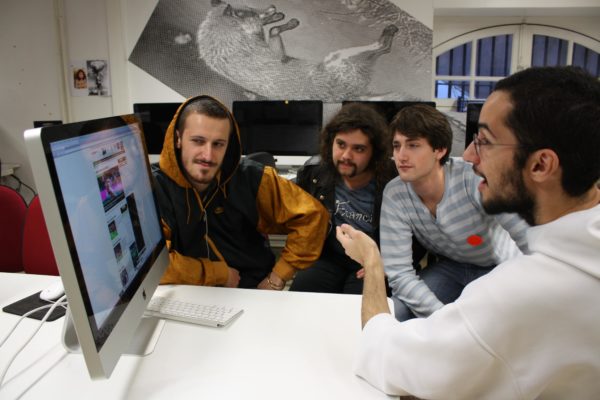
Thesis and DNSEP
Semesters 9 and 10 are entirely devoted to the DNSEP project. Through individual meetings and seminars, students are supported in the definition and production of a visual arts project and the finalization of a thesis.
As part of the DNSEP program, students produce a dissertation, the writing and formatting of which begins in semester 8. A tool for critical thinking, and an autonomous object taking part in the student’s plastic research, it is a space for writing that enables reflection on the diversity of graphic design practices, and thus testifies to the author’s commitment to current issues in design culture. The plastic project carried out for the diploma is one facet of this reflection, using graphic design to question the circulation of signs, images and texts edited by the student. The forms of this project can range from print to screen, from typographic creation to confrontation with space.
To take the DNSEP, students must obtain 30 credits in semester 9. The diploma counts for 30 credits: 5 credits for the dissertation and 25 credits for the plastic arts test.
DNSEP evaluation criteria
- Project presentation (formal and critical),
- Project development and research process,
- Positioning of work (relevance of references and articulation of knowledge, level of conceptualization),
- Quality of production.
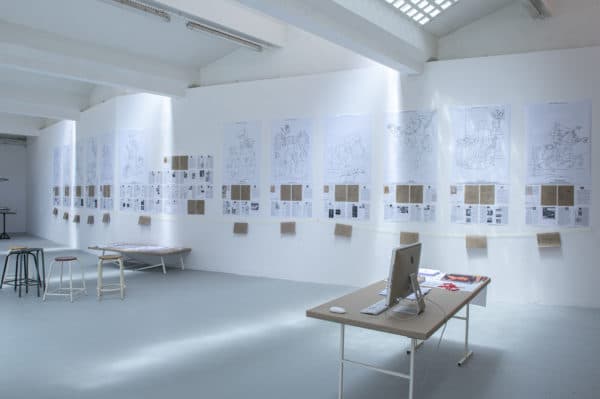
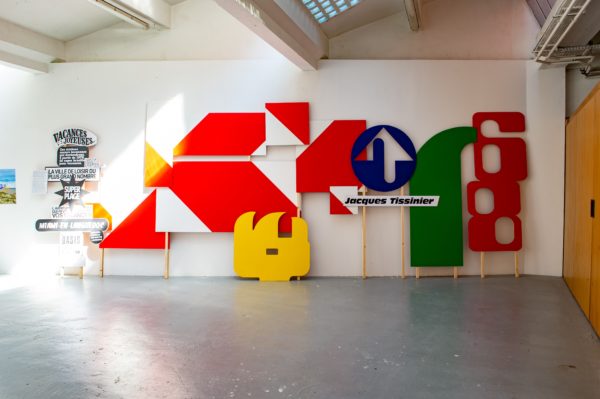
Courses catalog
All information concerning the course programme and timetables can be found on the dedicated Art, design and graphic design courses catalog website (in French).



Staff
Administrative staff
Art, design, and graphic design studies director
David Mozziconacci
david.mozziconacci@isdat.fr
Department secretary
Bettina Mellet and Fabrice Matéo
+33 (0)5 31 47 11 95
+33 (0)5 31 47 11 94
bettina.mellet@isdat.fr
fabrice.mateo@isdat.fr
Educational staff
Lists and biographies of professors and teaching assistants.







